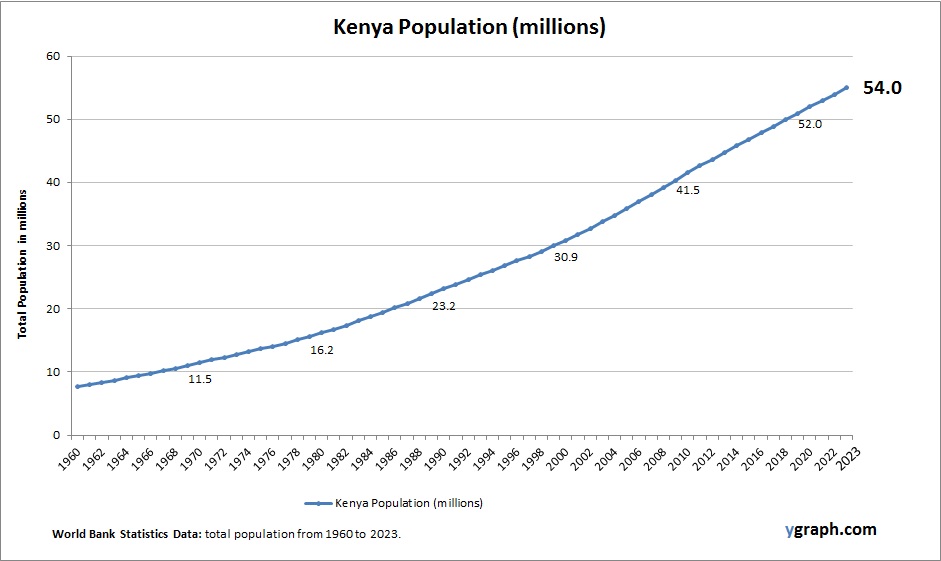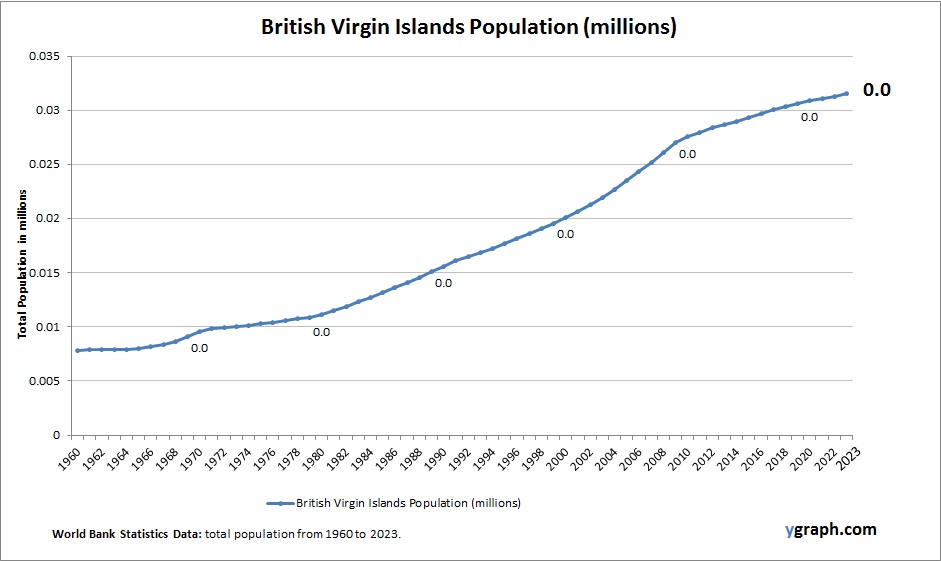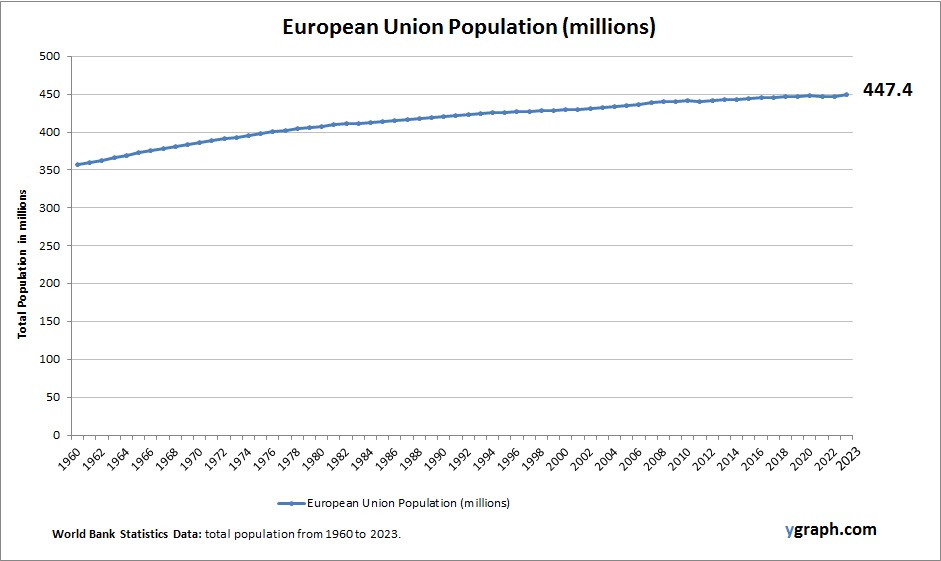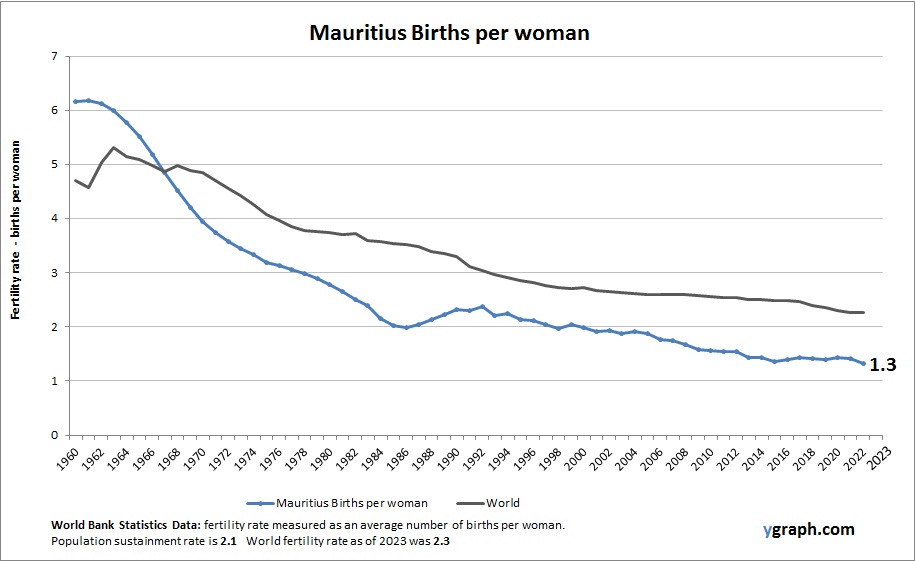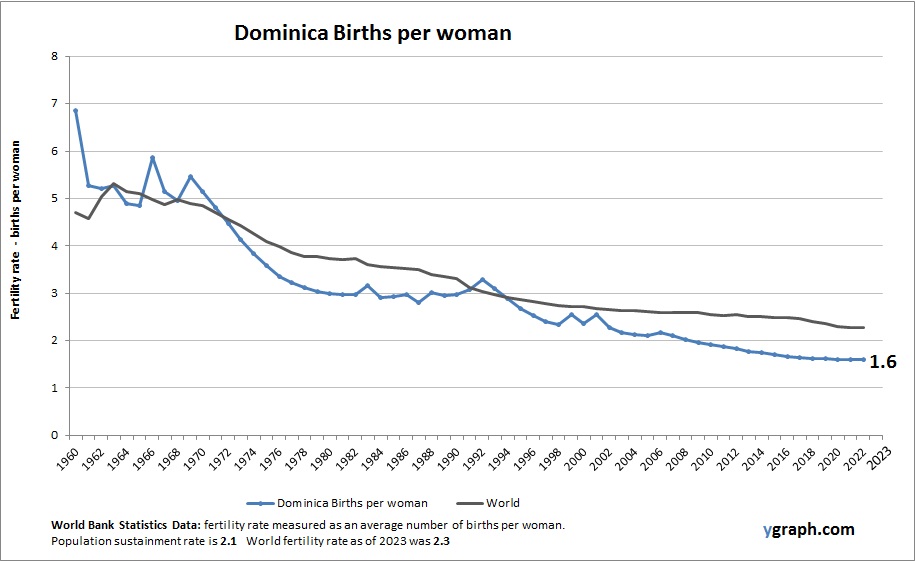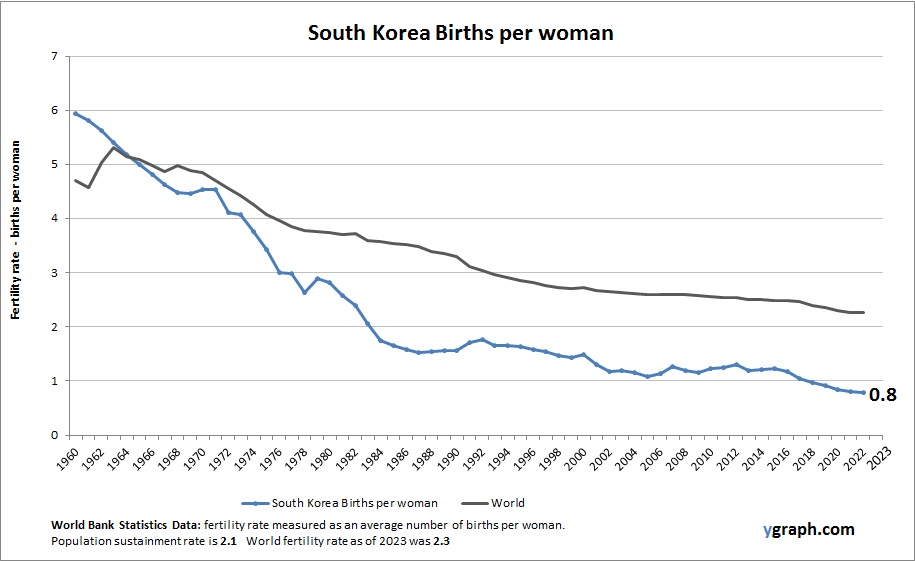This diagram presents Kenya Population. World Bank is the source of this population data. Based on the latest available information for Kenya.
Kenya has a large and fast-growing population, driven by high birth rates and a significant youth demographic. Urbanization is accelerating, and while fertility is gradually declining, population momentum ensures continued growth in coming decades, posing both opportunities and challenges for development.
